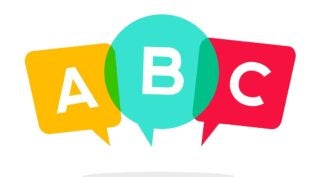
There are so many ways to finance a small business. Most of them rely upon some form of debt, often personally guaranteed by the founder(s). So we investigate the most simple of these methods of debt financing first, since most are simple to execute and non-dilutive—that is, help you to retain your ownership intact.
Here is a list of common loan types:
- Line of credit – short term working capital
- Term loan – real estate, equipment or other long term capital requirements
- Guarantee based programs:
Small Business Administration (SBA)
CalCap – California Capital Access Program
State loan guarantee - Economic development programs such as CEDLI
The Small Business Administration (SBA) is a valuable funding resource for many businesses. However, the SBA itself does not actually make loans. Instead, the SBA guarantees bank loans, allowing commercial lenders to make loans that they may not otherwise. The SBA, through its programs, reimburses lenders for a guaranteed portion of the loan (usually up to 85%), making it less risky for them.
In order to be able to obtain a loan, SBA or conventional, you must meet the basic financial institution risk rating, which is known as the “5 Cs of Lending”:
- Character – responsibilities and treatment of employees and customers
- Cash flow – debt handling, repayment record, debt liquidity and ratios
- Collateral – hard assets, real estate, capital equipment, accounts receivable
- Capital – skin in the game, business resources, own risk
- Conditions – economic conditions, market sensitivity ,expense management
This article was originally published by Dave Berkus
Published: April 4, 2014
1826 Views
1826 Views












